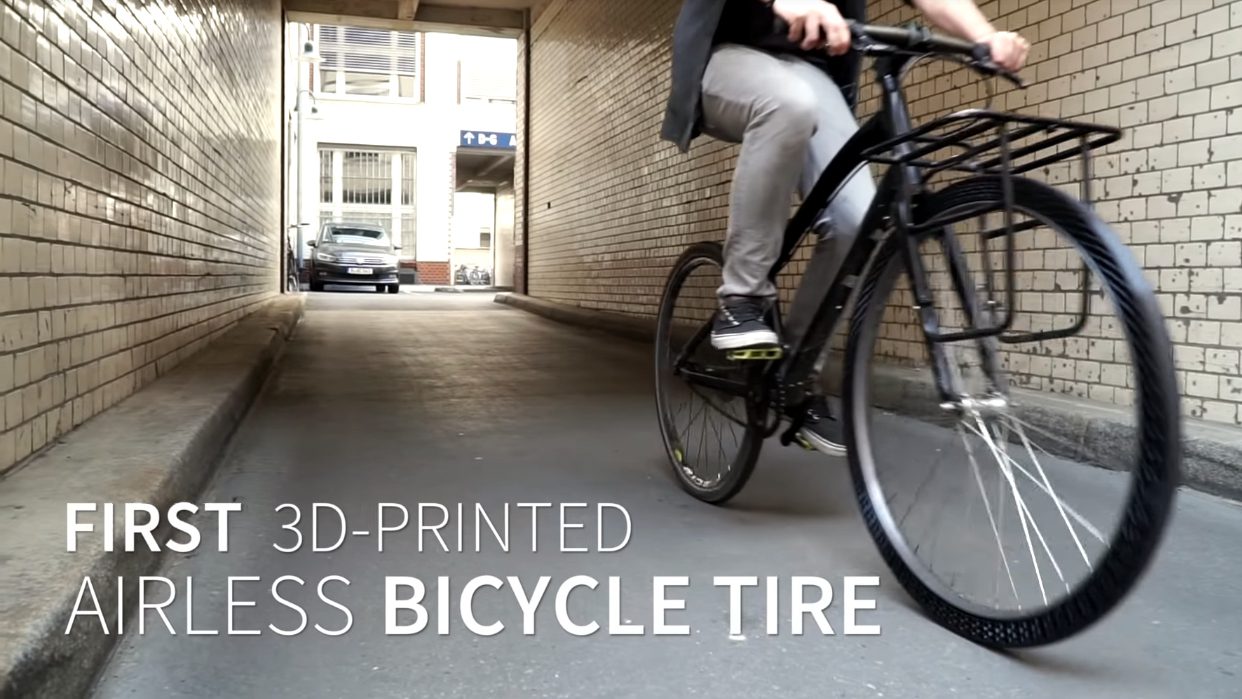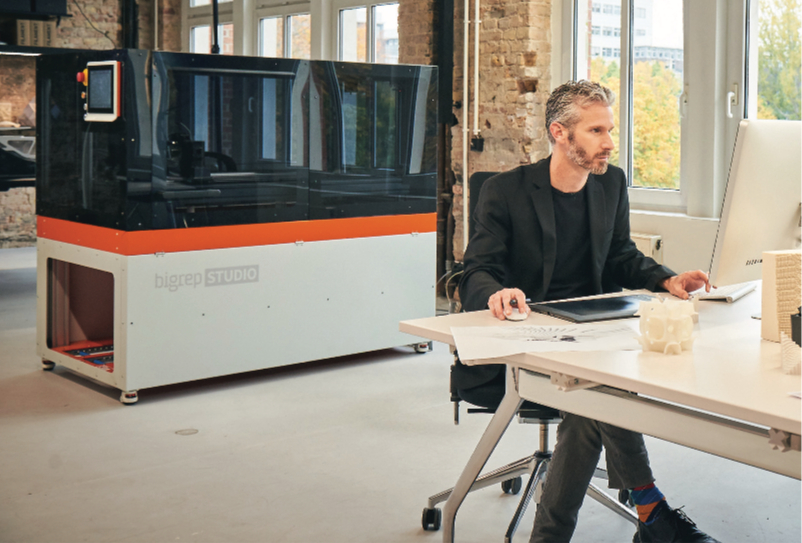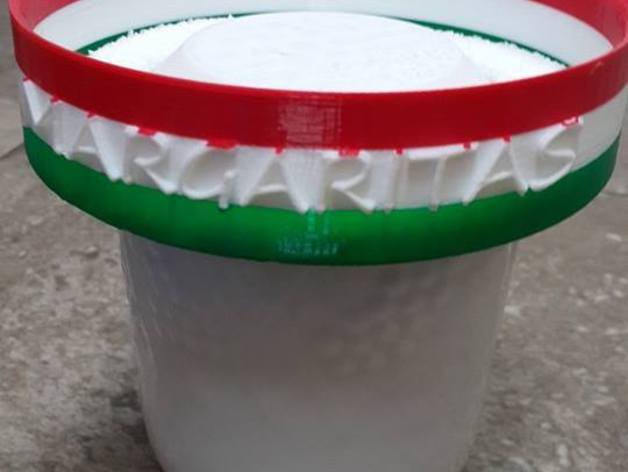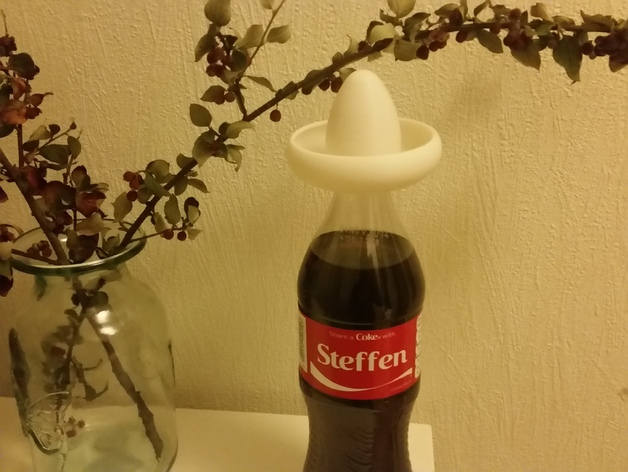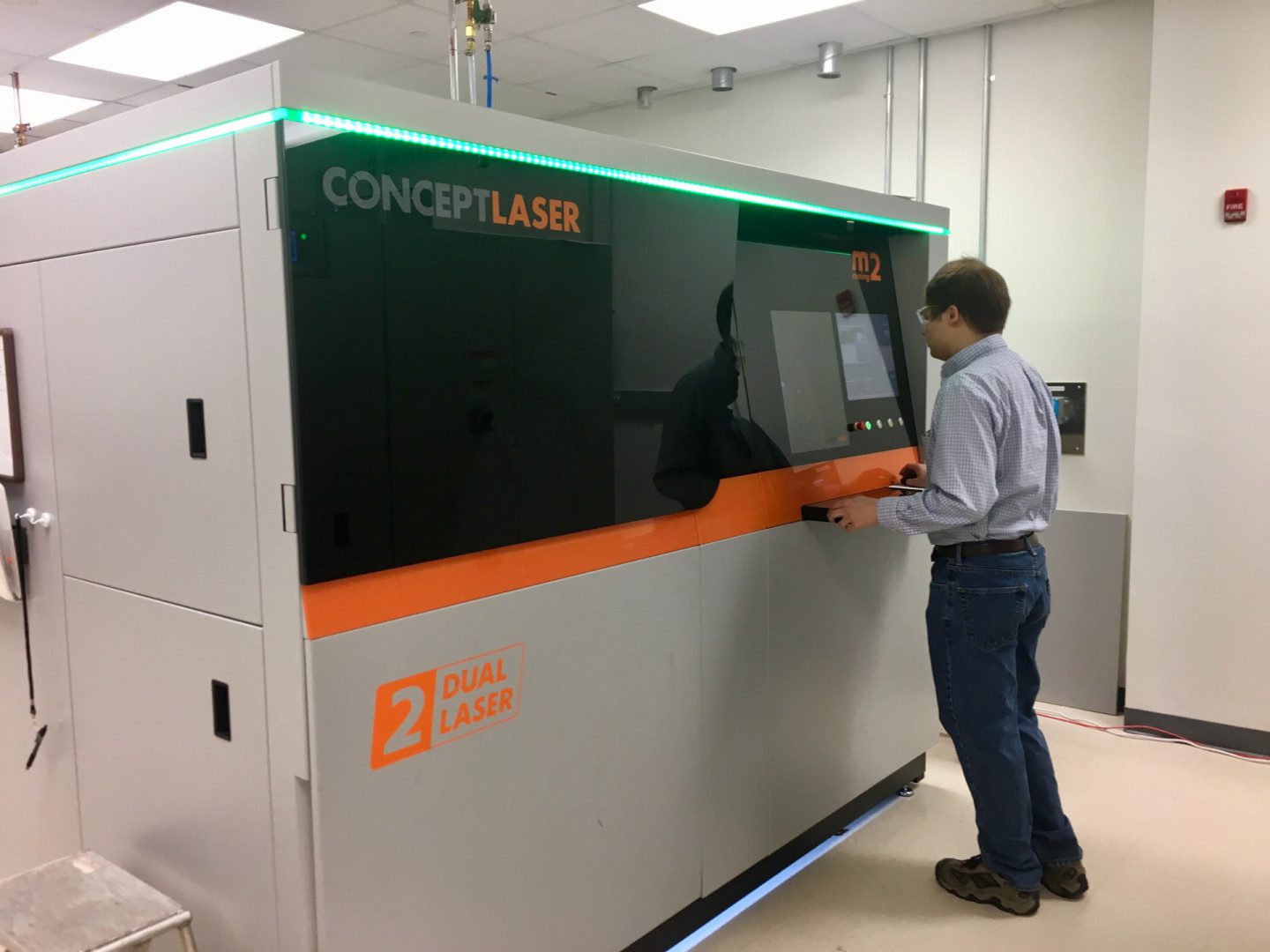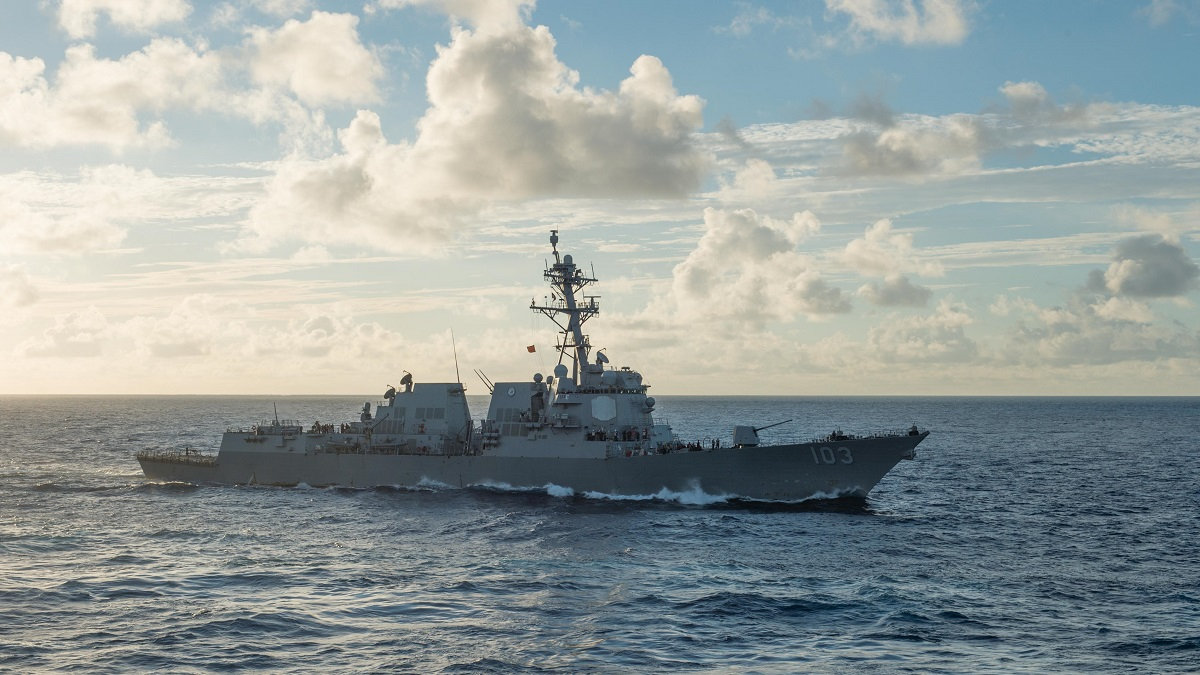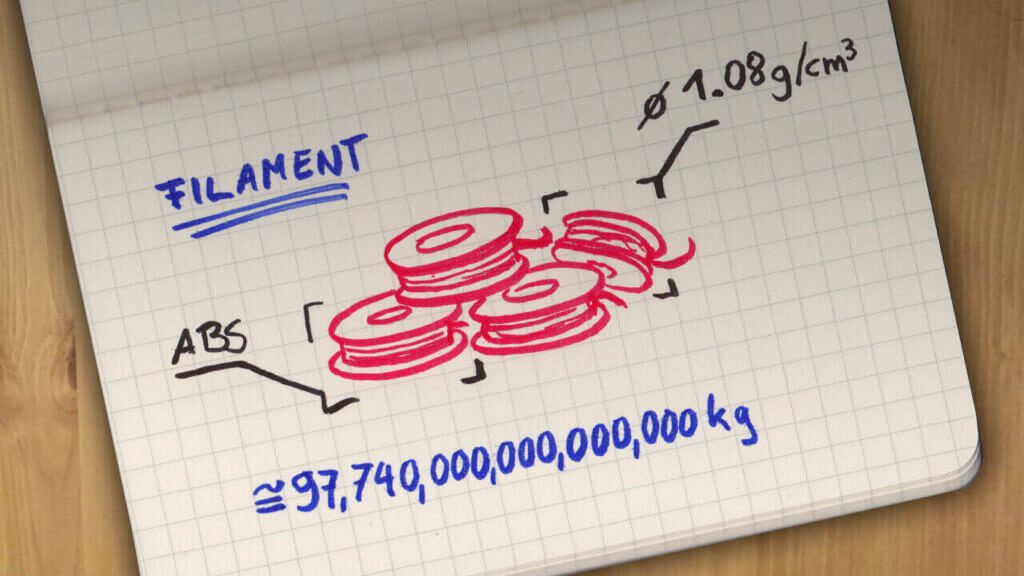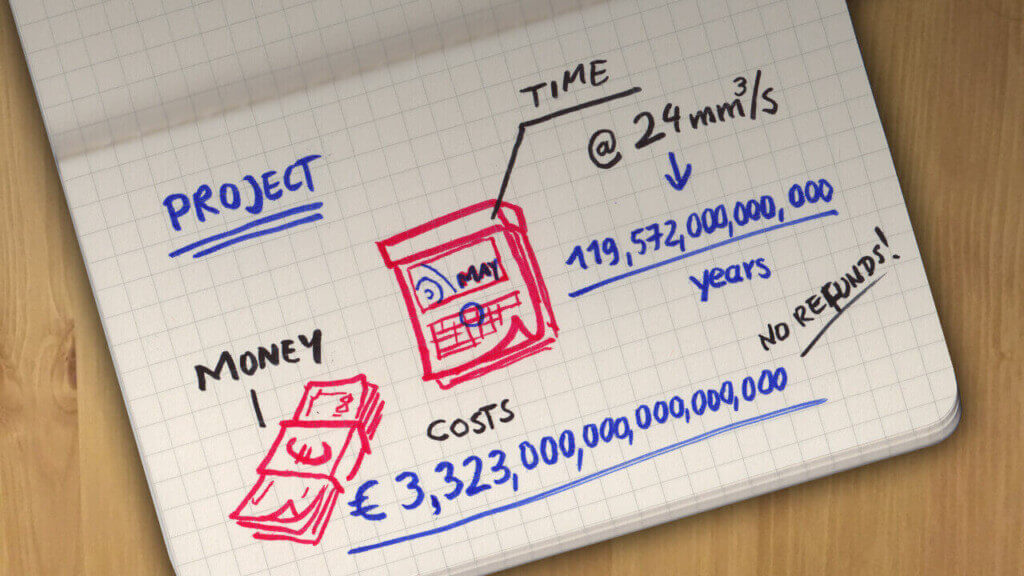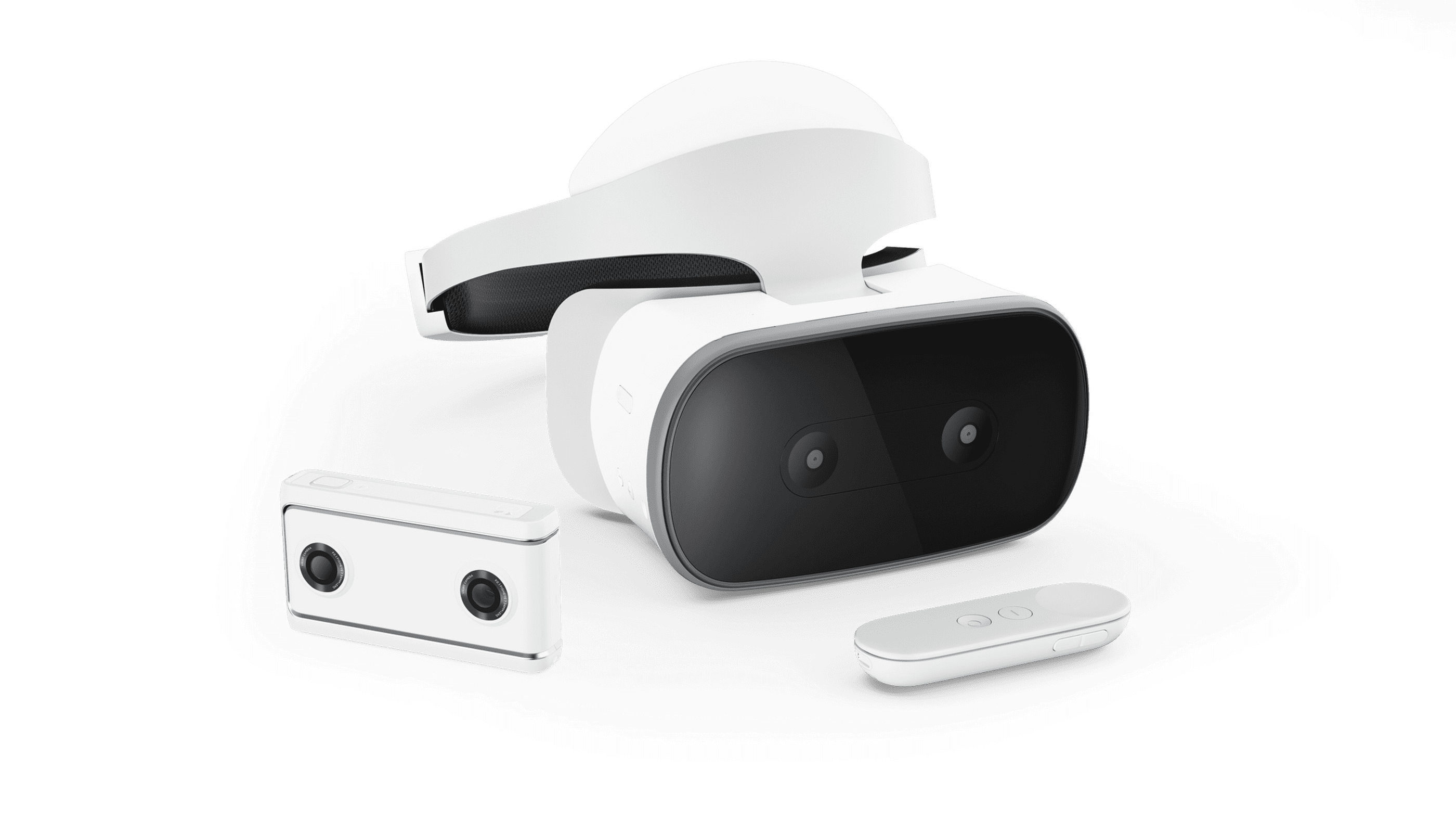Reading Time: 6 minutesStar Trek: Bridge Crew The Next Generation erscheint am 22. Mai für die PlayStation VR und PS4 sowie am 21. Juli für die HTC Vive, Oculus Rift und Windows Mixed Reality. Im Rahmen der The Next Generation – Erweiterung werden Spieler das Kommando über die symbolträchtige U.S.S. Enterprise NCC-1701-D (siehe Screenshot) übernehmen. Darüber hinaus werden sie sich jedoch auch mit einer neuen Position auf der Brücke vertraut machen dürfen, die sich Operations (OPS) nennt und sich auf das Crew Management bezieht. Wie immer werden Kommunikation und Koordination entscheidend sein, um eine Mission erfolgreich abschließen zu können. Obwohl sich alles auch alleine erledigen lässt,— sowohl mit als auch ohne VR— handelt es sich auch bei der The Next Generation Erweiterung wieder um einen Cross-Plattform Multiplayer für alle Spieleplattformen (PS4, Xbox One und PC).
![[2018-05-09] Star Trek: Bridge Crew – Enterprise-D, Romulans, Borg, and More Arrive in New Expansion - THUMBNAIL [2018-05-09] Star Trek: Bridge Crew – Enterprise-D, Romulans, Borg, and More Arrive in New Expansion - THUMBNAIL](data:image/svg+xml;charset=utf-8,%3Csvg xmlns%3D'http%3A%2F%2Fwww.w3.org%2F2000%2Fsvg' viewBox%3D'0 0 1 1'%2F%3E)
Außerdem wird The Next Generation auch wahrlich berüchtigte Gegenspieler einführen. Darunter einerseits die hinterhältigen Romulaner aber auch die fast schon übermächtigen Borg, sowie zwei neue Missionsarten — Patrouille und Widerstand. In Patrouille werden die Spieler die Galaxie frei erkunden können und dabei immer wieder per Zufall auf Gegner treffen oder auf Notrufe reagieren müssen. Im Widerstand-Modus wird das Gameplay sogar noch tiefgreifender, da ihr an der Seite eurer Crew von einem scheinbar unaufhaltsamen Borg-Kubus verfolgt werdet und drei Prototypen von Schiffsmodulen einsammeln müsst, um überhaupt eine Chance gegen diese Bedrohung haben zu können.
Das Ubisoft News Team hatte kürzlich die Chance sich hinter das Steuer der Enterprise zu klemmen und einen (erfolglosen) Versuch einer Widerstand-Mission zu starten, um den Borg-Kubus zu besiegen. Da jedes Mitglied unseres Teams dabei unterschiedliche Erfahrungen gemacht hat (u.a. auch in der neuen OPS-Position) führen wir diese hier gesondert auf.
Youssef Maguid: Taktischer Offizier
Als Newbie in Star Trek: Bridge Crew war ich anfangs etwas überfordert, aber bereits nach einigen, wenigen Minuten innerhalb einer Patrouillen-Mission habe ich mich zurechtgefunden. Als zuständige Person für die Waffen- und Schildsysteme, musste ich schnell feststellen, dass weder unsere Phaser noch die Torpedos wirklich etwas gegen die Borg ausrichten konnten. Um während eines Gefechts überhaupt eine Chance zu haben, mussten wir daher in ein anderes System reisen, dort die Prototypen eines Schiffsmoduls sicherstellen und dann fliehen bevor wir von den Borg entdeckt wurden.
Aber auch wenn unsere Waffen gegen das gigantische Schiff absolut ineffektiv waren, bedeutete das noch lange nicht, dass es nicht genug andere Objekte gegeben hätte, die mir ins Visier kamen. Im neuen System angekommen, stellten wir beispielsweise fest, dass unsere Verbündeten von einigen feindlichen Schiffen umringt waren und diese erst bekämpft werden mussten, um den Prototyp sicherstellen zu können. Nachdem wir uns der abtrünnigen Schiffe mittels einer Kombination aus Phasern und Torpedos entledigt hatten, wobei Letztere nun sowohl aus Bug als auch Heck abgeschossen werden und mit Annäherungszündern versehen werden können – war es dann meine Aufgabe, die Schilde zu senken und das Schiffsmodul an Bord zu bringen.
An diesem Punkt stellte ich dann endgültig fest, wie wichtig es ist effizient und schnell zu arbeiten, Denn wenn man zu viel Zeit mit einem System verbringt, dann bleibt nicht mehr genug Zeit für ein anderes. Im schlimmsten Fall bedeutet das, dass man von den Borg entdeckt wird und diese das Feuer eröffnen, während die Schilde unten sind. So nervig es auch war den Countdown unseres Captains zu hören bis die Borg uns erreichten, während ich darauf wartete, dass die Schilde hochfahren, so waren es doch einige der spannendsten und erinnerungswürdigsten Momente während der gesamten Runde.
[youtube https://www.youtube.com/watch?v=videoseries?list=PLgwdROUJzf2F3hW5nsFUReOvwCQiFow9r&w=1140&h=641]
Mikel Reparaz: OPS und Steuermann
OPS verbindet den Maschinenraum mit einer neuen Personal Management Funktion und das ist definitiv nichts, was man während einer hektischen Kampfsituation üben sollte. Auf der einen Seite ist es eure Aufgabe, die Warpgondeln aufzuladen die Energieverteilung der Enterprise Antriebssysteme, sowie Phaserreichweite und Schild-Level zu optimieren – etwas das jedem bisherigen Spieler bekannt vorkommen wird. Auf der anderen Seite müsst ihr jedoch auch eine kleine Crew auf 10 Stationen verteilen: Antriebskontrolle, Hauptmaschinenraum, Torpedorampen, Schildgeneratoren, Transporterraum, Astrophysik, Computerkern, Phaserkontrolle, Scanner (Sensoren) und Krankenstation. Letzterer könnt ihr übrigens auch Crewmitglieder zuweisen, die während ihres Einsatzes verletzt wurden und damit verhindern, dass sie sterben. Sollten sie jedoch wirklich sterben, dann bleibt das so für den Rest der Mission.
Durch die Zuweisung von Personal, können Funktionen jeder Station besondere Vorteile erhalten. Weist man beispielsweise einem taktischen Offizier die Phaser-Kontrolle zu, werden die Phaser wesentlich präziser, wohingegen ein Wissenschaftsoffizier an den Scannern die Erkennung getarnter Schiffe verbessern kann. Zugewiesene Crewmitglieder können außerdem während eines Kampfes beschädigte Systeme reparieren, obwohl das natürlich mit einer hohen Gefahr für deren Leben versehen ist. Es hilft zudem sich daran zu erinnern, dass alle Stationen und Crewmitglieder einem eigenen Farbcode zugeordnet sind. Setzt man also ein Mitglied des Kommandostabes (Rot) auf eine Station die ebenfalls als Rot gekennzeichnet ist, dann wird sich das wesentlich positiver auswirken, als wenn man besagtes Crewmitglied an eine blaue (Medizin / Wissenschaft) oder goldene Station (OPS / Sicherheit / Maschinenraum) setzen würde.
Dank der neuen Ergänzungen, wird die OPS noch fordernder und dynamischer als die Rolle des Chefingenieurs. Der Wechsel zwischen Chefingenieur und Personal-Planung halt einen ständig auf Trab – weshalb man unbedingt diese Rolle voher ein wenig üben sollte, bevor man „ins kalte Wasser springt“.
Die Navigation unterscheidet sich kaum zu der Steuerung, die man bereits aus Star Trek: Bridge Crew kennt. Die einzige Ausnahme ist, dass die Steuerung nun das in Star Trek: The Next Generation etablierte LCARS-System verwendet. Mir hat zwar die “physikalische” Antriebskontrolle der Aegis ein wenig gefehlt (die wurde nämlich durch den LCARS-typischen Touchscreen Slider ersetzt) aber andererseits war die Steuerung der Enterprise genauso leicht zu handhaben, wie die jedes anderen Raumschiffs.

Giancarlo Varanini: OPS und Captain
Mikel, wage es nicht so über das LCARS zu sprechen! Ich habe absolut jede einzige Minute an Bord der Enterprise-D genossen und die Authentizität der funktionierenden LCARS-Schaltflächen (bei dessen Entwicklung das Team mit dem Designer des Originals zusammenarbeiten konnte) ist einer der Hauptgründe dafür, dass man so tief in das Spiel eintauchen kann. Ich habe mich gleich der OPS gewidmet und wie Mikel schon sagte, kann das recht schnell ziemlich intensiv werden. Aber gleich während unserer ersten Patrouillen-Mission, hatte ich den Dreh raus und konnte die Crew entsprechend zuweisen, sowie generell das Schiff am Laufen halten.
Die Dinge wurden allerdings etwas heftiger, als wir zum ersten Mal auf die Borg trafen. Die Energieverteilung zwischen den diversen Systemen (Schilde, Waffen und Antriebe) zusammen mit der strategischen Zuweisung der Crew an entsprechende Stationen, wurde zu einer wahrlich monumentalen Aufgabe während einer Gefechtssituation. Mein erster Gedanke war, die Schilde zu verstärken. Also beschloss ich mehr Energie zu ihnen umzuleiten und anschließend die komplette Crew zu der entsprechenden Station zu schicken. Normalerweise würde das den Schilden den Vorteil “Schildmodulation” spendieren, aber leider war ich nicht schnell genug, denn hierbei muss immer bedacht werden, dass die Crew eine ganze Weile braucht, bis sie in Echtzeit durch das Schiff gelaufen ist und ihre Stationen erreicht hat.

Einmal gelang es uns, den Borg zu entkommen und den ersten Bestandteil des Prototyps zu bergen, mittels dem man sich den Borg stellen kann, aber beim zweiten Versuch hatten wir nicht mehr so viel Glück.
Während unseres zweiten Versuchs lief trotzdem schon vieles besser. Ich konnte schneller die Energie zwischen den einzelnen Systemen umleiten und so die Phaser mit etwas mehr Saft versorgen, um deren Reichweite zu erhöhen oder zum Antrieb wechseln und noch mehr Geschwindigkeit rausholen. Ich achtete auf die relative Position der Crewmitglieder zu deren Stationen, um sicherzustellen, dass deren Wege möglichst kurz waren, für den Fall, dass ich sie woanders brauche. Je effizienter wie wurden, umso schneller gelang es uns, die Prototypen zusammenzustellen und den Borg mit Warpgeschwindigkeit zu entkommen. Doch es war noch immer nicht genug. Ein Teil der Mission erforderte einen Scan von mehreren Schiffen und als die Borg auftauchten, hatten wir sie noch nicht alle gescannt, während die Zeit langsam ablief. Kurz gesagt: Unsere Crew konnte dem Druck nicht standhalten und wir wurden zerstört. Wir sind stolz darauf, so lange durchgehalten zu haben und nur 17 Minuten vom Ende entfernt gewesen zu sein. Widerstand war zwecklos.
Mehr über Star Trek: Bridge Crew, findet ihr in unseren bisherigen Artikeln.
Website: LINK
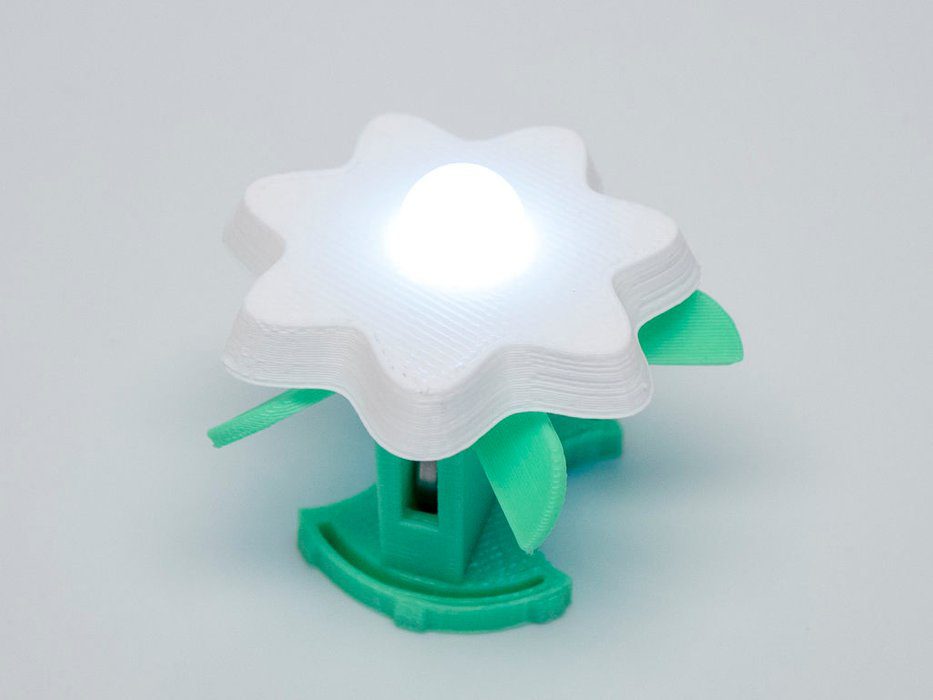
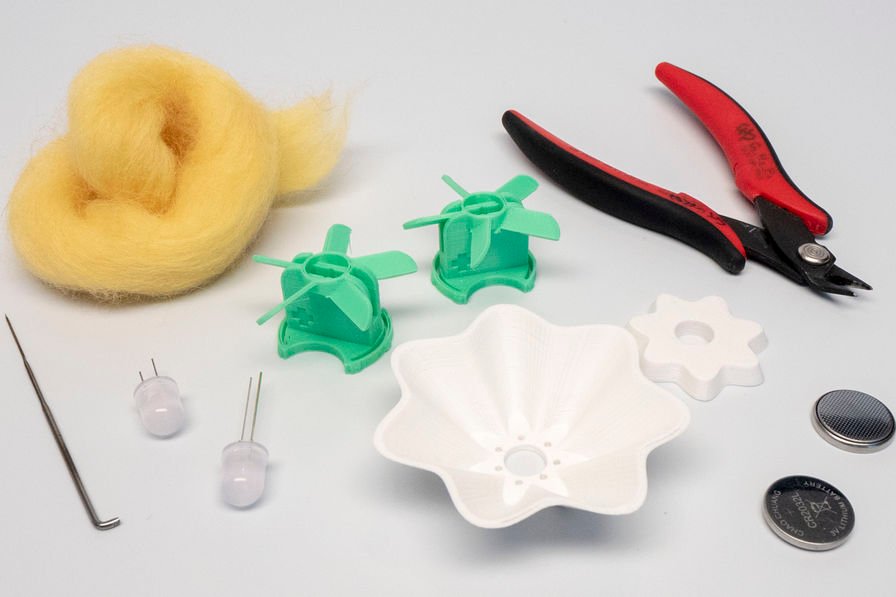



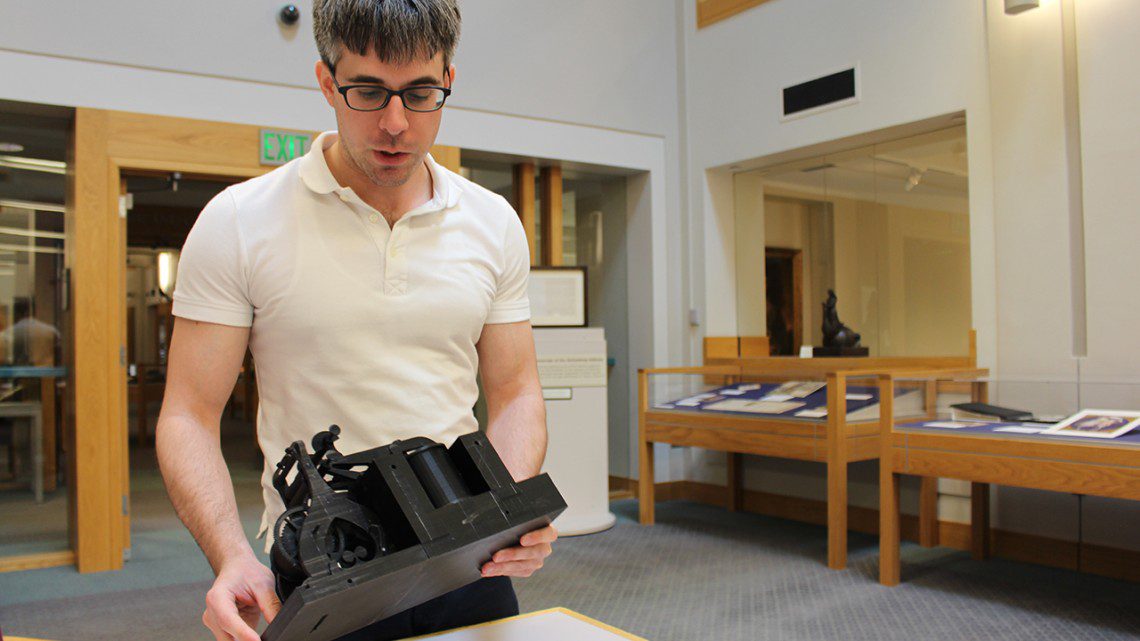
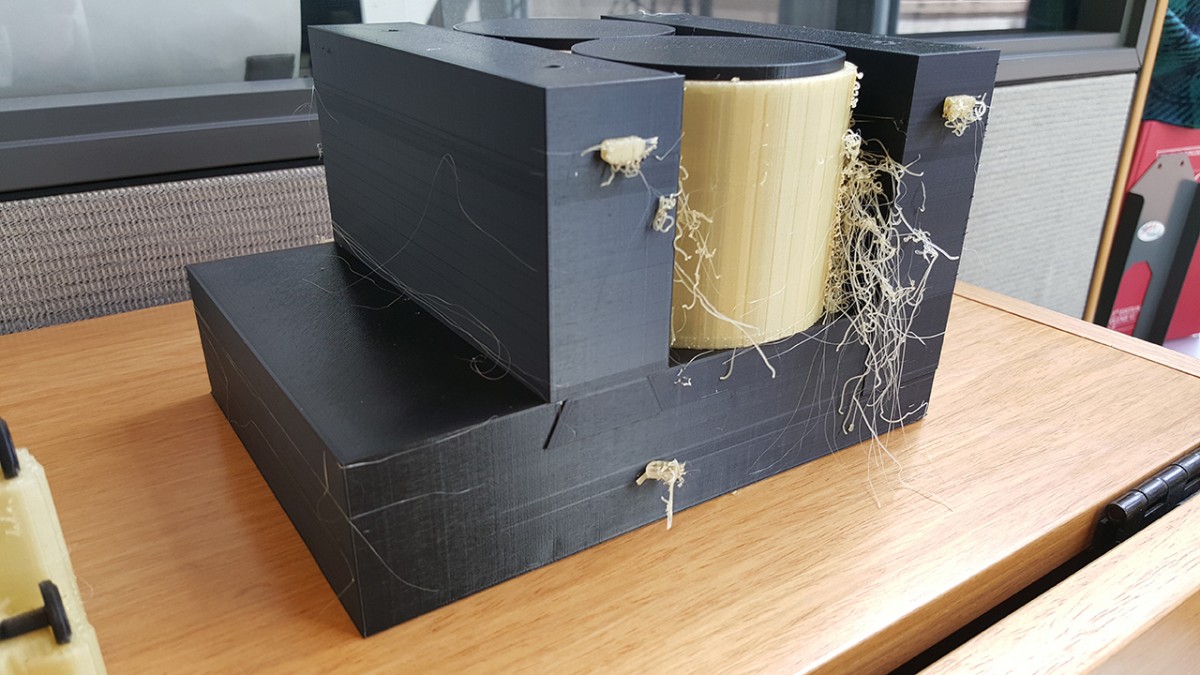


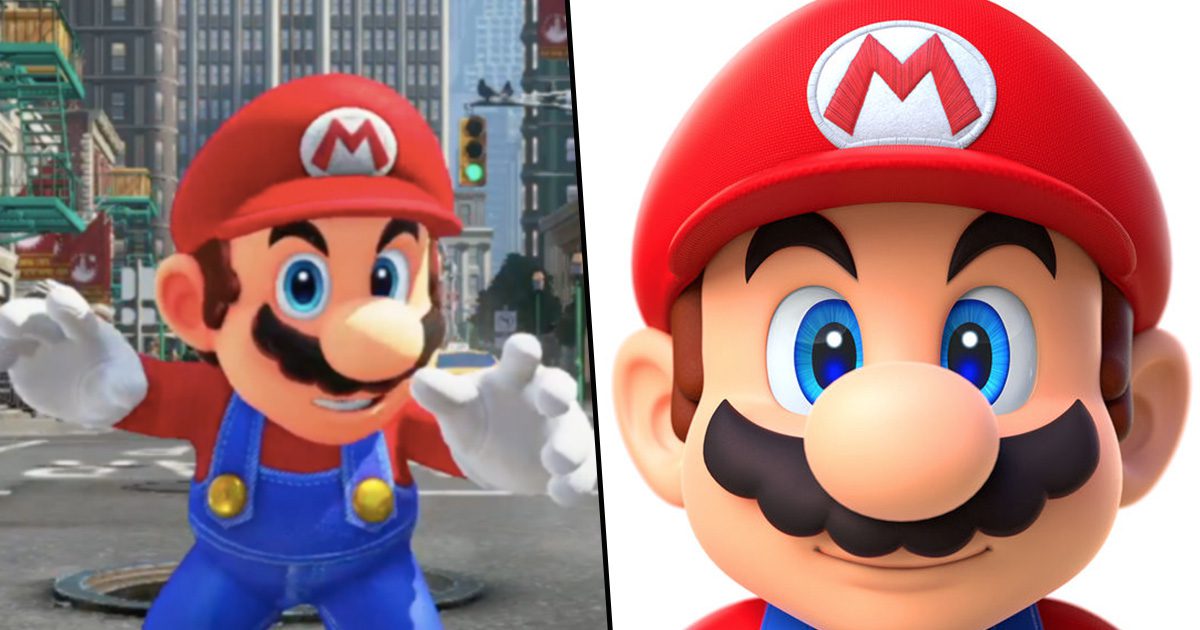
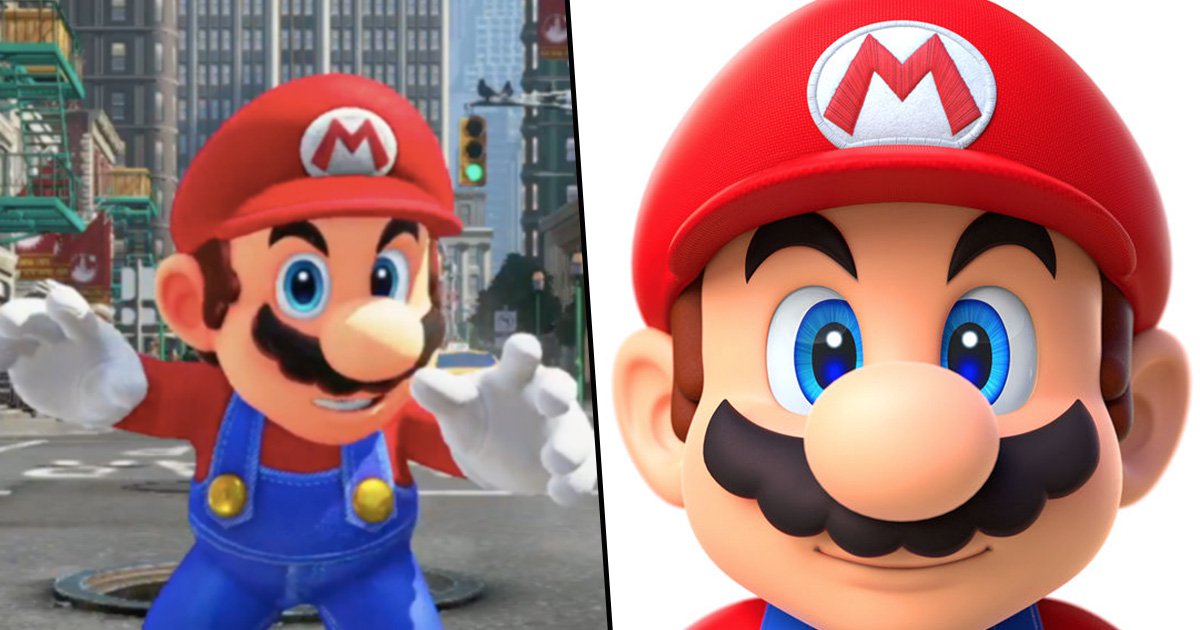

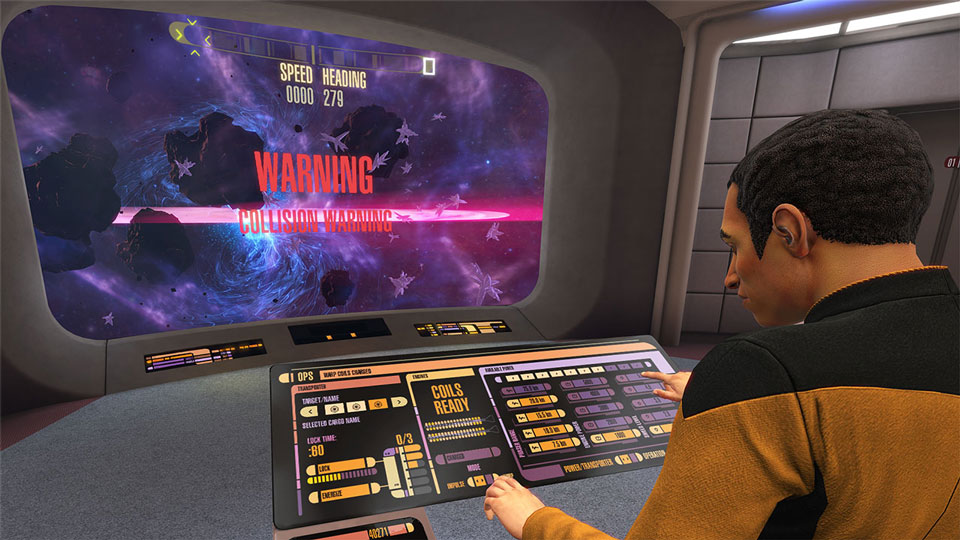
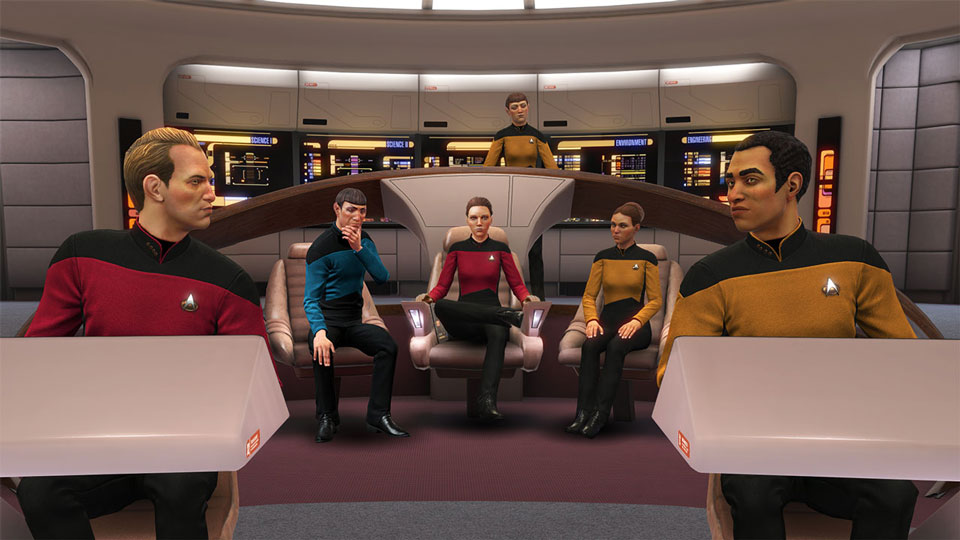
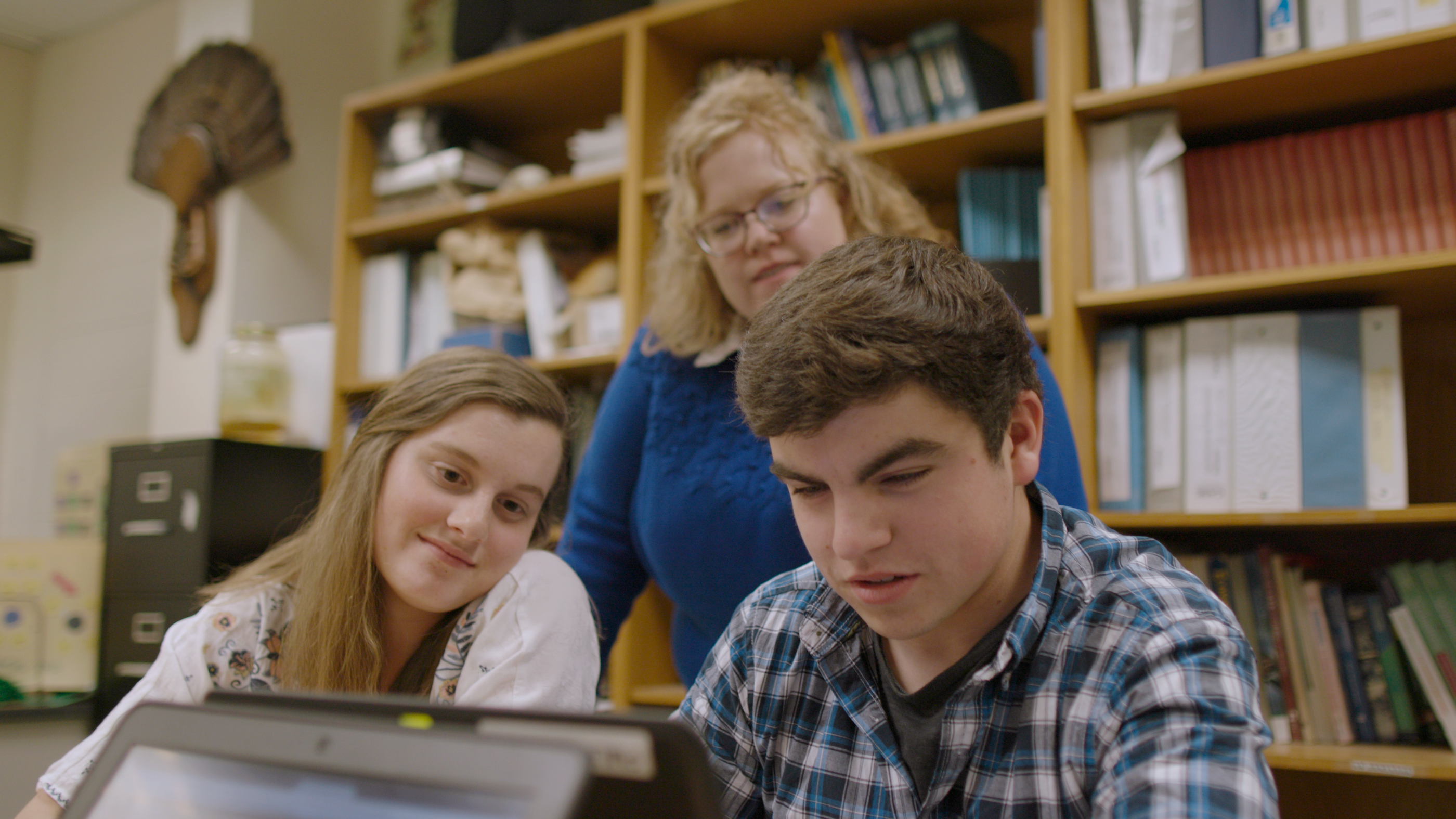



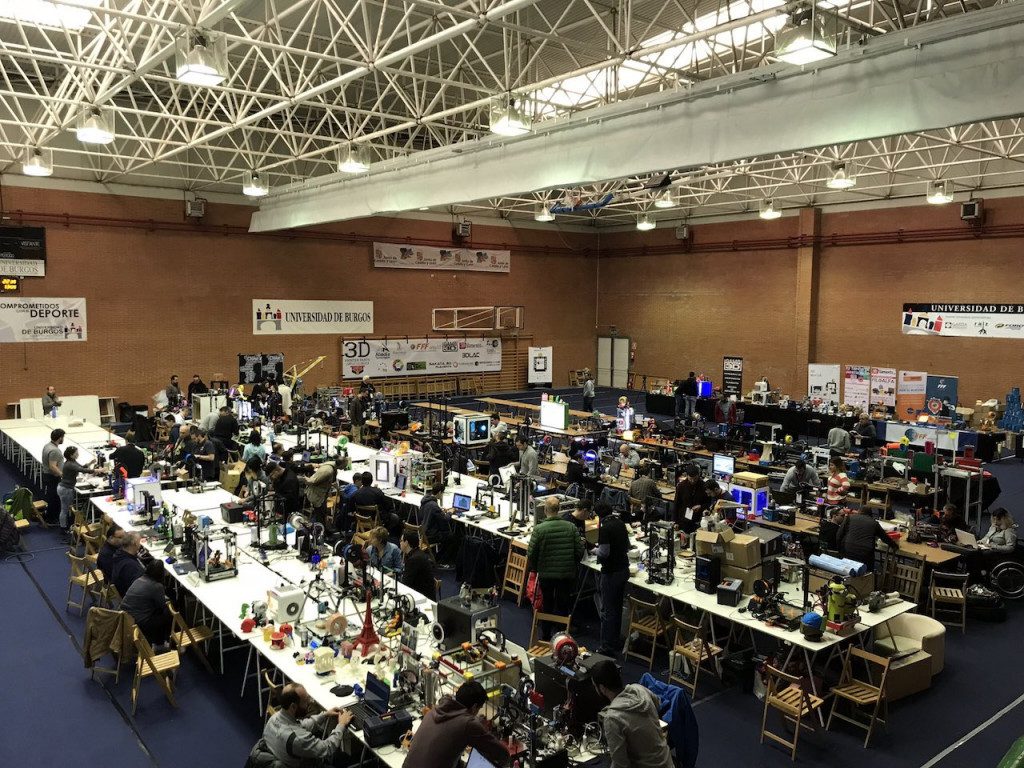

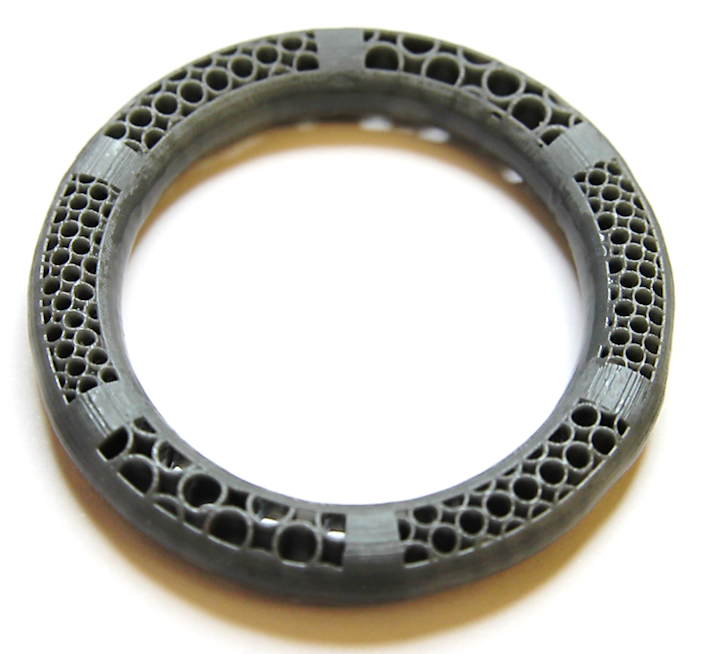

![[DEAL] Learn Some 3D Printing Smarts with 3D Printing for Dummies, just $15.58](https://www.blogdot.tv/wp-content/uploads/2018/05/deal-learn-some-3d-printing-smarts-with-3d-printing-for-dummies-just-15-58.jpg)
